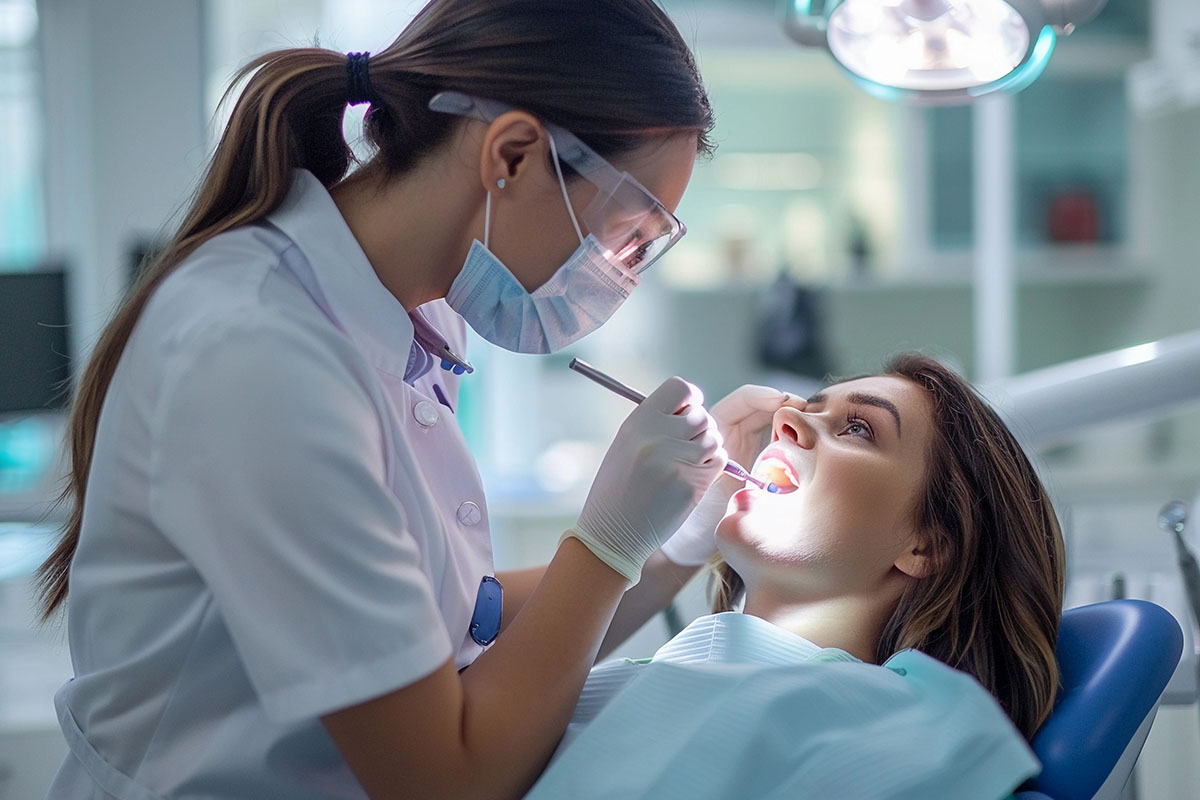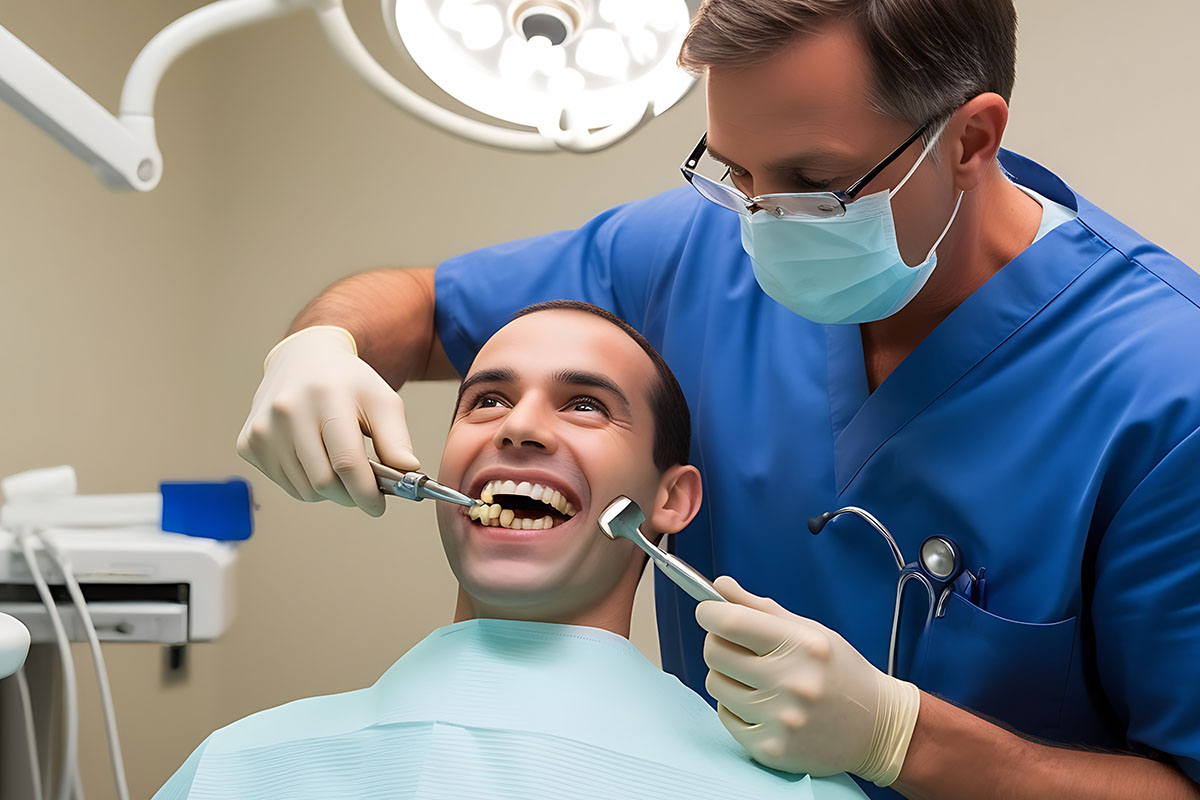




There are several types of braces available for orthodontic treatment at Sevarth Smile Care. Here are the most common ones:
Each type of braces has its own benefits and considerations, and the right choice depends on factors like treatment needs, aesthetics, and lifestyle preferences.
Dental braces are orthodontic devices used to correct misaligned teeth and jaws. They consist of brackets, wires, and bands that work together to gradually move teeth into proper alignment.
The duration of wearing braces varies, but it typically ranges from 18 months to 3 years, depending on the severity of the misalignment and the treatment plan.
There may be some discomfort when the braces are first applied or after adjustments, but the pain usually subsides within a few days. Over-the-counter pain relievers can help manage any discomfort.
You can eat with braces, but it’s best to avoid hard, sticky, or chewy foods that could damage the braces. Soft foods and cutting larger foods into smaller pieces can make eating easier.
Regular visits, typically every 4-6 weeks, are needed for adjustments and monitoring the progress of your treatment.
Yes, you can still brush and floss with braces, but it may be a bit more challenging. Special tools like interdental brushes or floss threaders can help clean around the braces.
Yes, options like clear aligners (e.g., Invisalign) are available. These are less visible and can be removed, but they may not be suitable for all orthodontic issues.
If a bracket or wire breaks, contact our orthodontist for an appointment. In the meantime, you may need to use orthodontic wax to cover any sharp edges and avoid irritation.
You may experience slight difficulty speaking initially, but most people adjust to the braces within a few days or weeks.
Yes, but it’s important to wear a mouthguard to protect your braces and teeth during physical activities to prevent injury.
These FAQs address common concerns, but it’s always best to consult with our orthodontist for personalized advice.
We always take care of your smile
(+91) 931 640 1074, (+91) 834 760 1064
The goal of our clinic is to provide friendly, caring dentistry and the highest level of general, cosmetic, and specialist dental treatments.
© Sevarth Smile Care 2025 All right reserved.